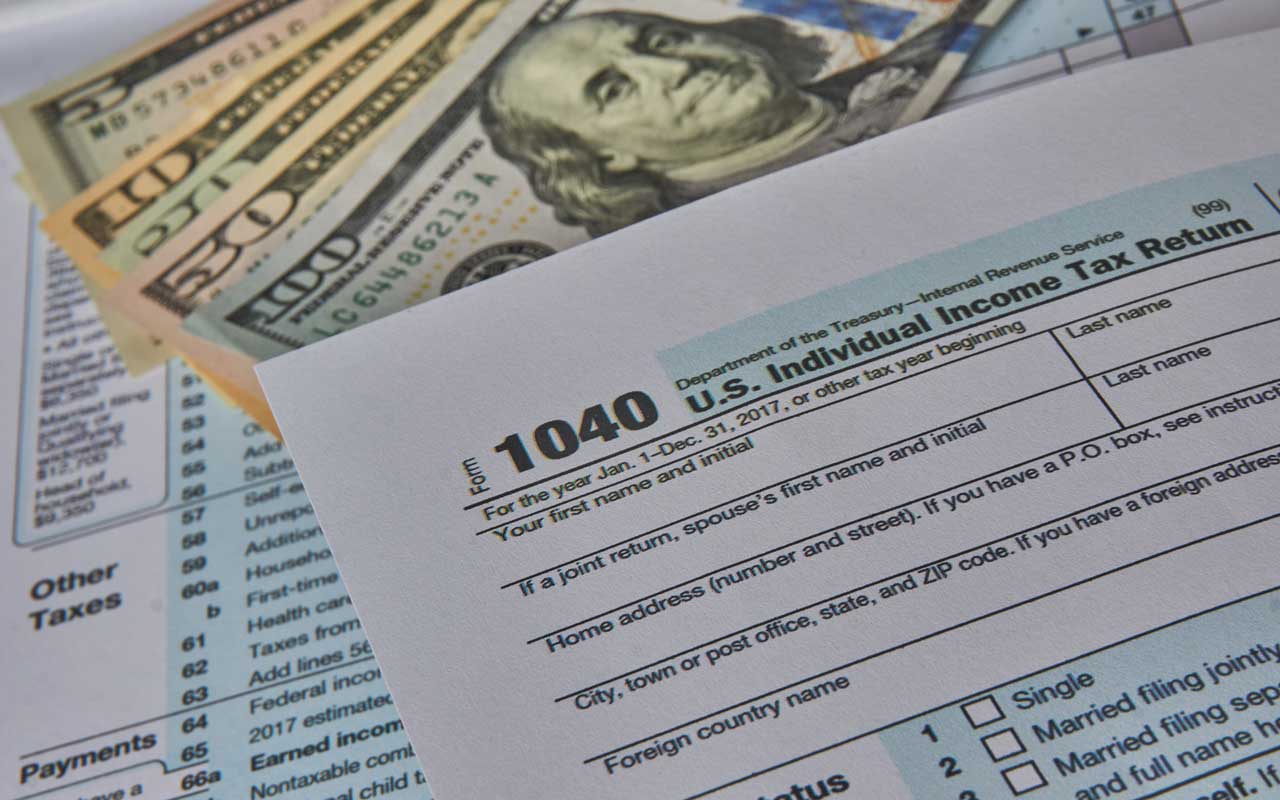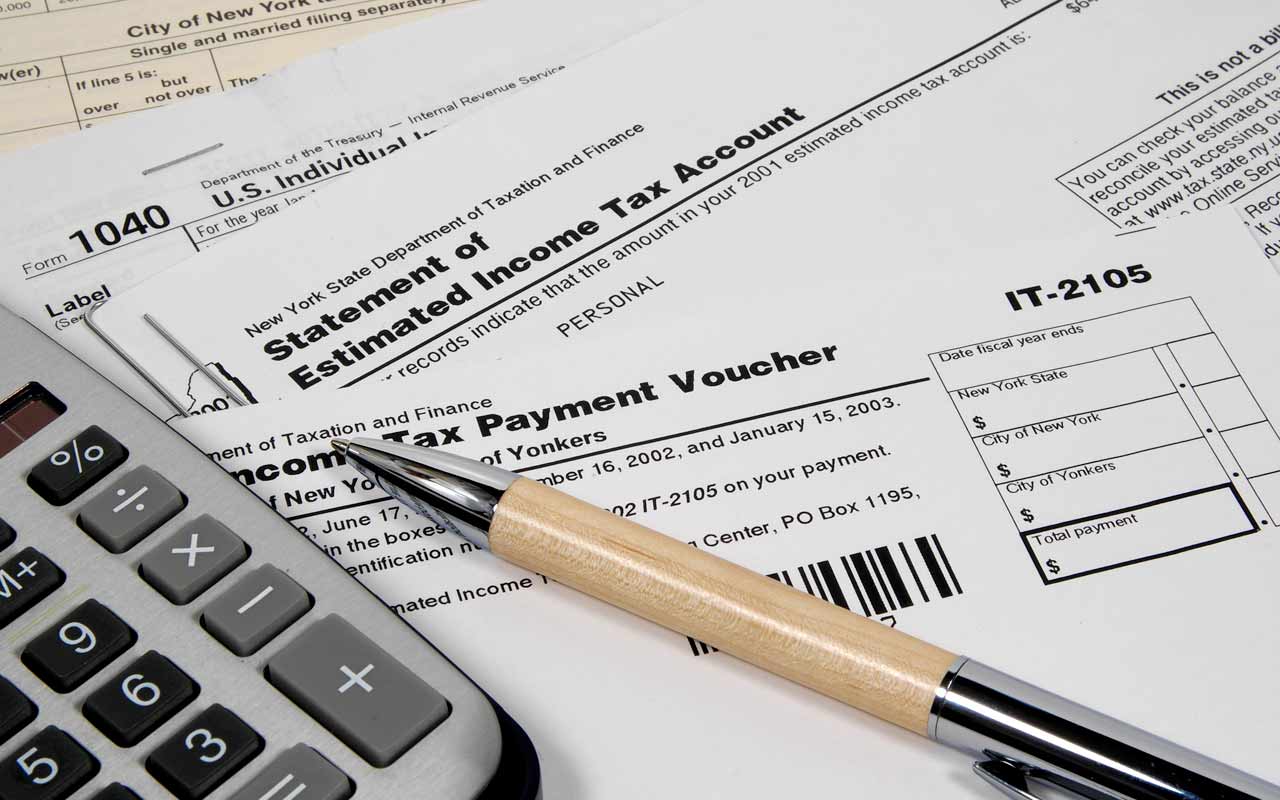Start Trimming Your 2019 Tax Tab Now
As you complete your 2018 tax return, turn some attention to your tax plans for 2019.


As you complete your 2018 tax return, turn some attention to your tax plans for 2019. Although tax reform triggered a slew of major changes in 2018, the landscape has settled this year. In terms of tax rules, “2019 will look very similar” to 2018, says Kyle Stuckey, a certified public accountant with JFS Wealth Advisors. Once you know your tax burden for 2018 and determine how the new rules affect your personal tax situation, get a jump-start on trimming your 2019 tax tab.

Adjust for Inflation
The IRS now uses the chained consumer price index, rather than the traditional consumer price index, to calculate inflation adjustments for various income thresholds and limits. Chained CPI accounts for the fact that consumers change their spending patterns as prices rise, making inflation appear lower. Although inflation adjustments will be smaller, you’ll still find increases across the board. (See the 2019 tax brackets.)
Note that the standard deduction rises to $12,200 for single filers and $24,400 for married couples filing jointly. The extra standard deduction for those age 65 and older is $1,300 per person for joint filers and $1,650 for single filers. If you were on the edge of taking the standard deduction for 2018, consider whether those higher amounts might close the door on itemizing in 2019.
The income threshold for the 0% capital-gains rate also rises, to $39,375 of taxable income for single filers and $78,750 for joint filers.

Plan Charitable Giving
Determining whether you might itemize or not could help you decide on other tax moves, particularly charitable giving. Itemizers can deduct charitable contributions. But nonitemizers—and even some itemizers—may want to consider a different approach: an IRA qualified charitable distribution. Traditional IRA owners age 70½ or older can directly transfer up to $100,000 a year from their IRA to charity. You don’t get a charitable deduction, but the money is excluded from your adjusted gross income and can count toward your IRA required minimum distribution. For those who are charitably inclined, says Stuckey, “by and large from a tax-efficiency point, it’s the best place to start.”
To have a QCD do double duty as your RMD, make sure to do the QCD before taking out the full RMD amount. Let’s say your total RMD is $15,000. You can transfer $5,000 directly to charity and take $10,000 out of the IRA by year-end. That satisfies your RMD, but only $10,000 will be taxable and included in your AGI. Of course, you can do QCDs (up to the $100,000 annual limit) in excess of your RMD amount, too.

Review Health Care Expenses
New for 2019: The penalty for not having health insurance is zeroed out. If you go without coverage, there will no longer be a cost at tax time.
Be aware that the threshold for deducting medical expenses has climbed for 2019. Taxpayers can now only deduct medical expenses that exceed 10% of AGI.

Adjust Withholding
Look at how your 2018 withholding stacked up against your actual 2018 tax tab. If you got a big refund and expect your tax situation to be similar in 2019, adjust withholding to hold onto more of your money throughout the year. If you didn’t withhold enough, increase withholding in 2019. You can have money withheld from various retirement income sources, such as IRA distributions, annuity payments and Social Security benefits.

Pay Estimated Tax
You can also make quarterly estimated payments to cover your 2019 tab. Paying estimated taxes can be a pain, but “not paying estimated taxes is even worse” because you may face tax penalties, says Annamaria Vitelli, director of wealth strategy at PNC Wealth Management. One way to avoid underpayment penalties is to pay at least 100% of last year’s tax bill (or 110% for higher-income taxpayers), either through withholding, estimated tax payments or both. The first estimated tax payment for 2019 is due April 15.
Profit and prosper with the best of Kiplinger's advice on investing, taxes, retirement, personal finance and much more. Delivered daily. Enter your email in the box and click Sign Me Up.

-
 Forget FIRE: Why ‘FILE’ Is the Smarter Move for Child-Free DINKs
Forget FIRE: Why ‘FILE’ Is the Smarter Move for Child-Free DINKsHow shifting from "Retiring Early" to "Living Early" allows child-free adults to enjoy their wealth while they’re still young enough to use it.
-
 7 Tax Blunders to Avoid in Your First Year of Retirement
7 Tax Blunders to Avoid in Your First Year of RetirementA business-as-usual approach to taxes in the first year of retirement can lead to silly trip-ups that erode your nest egg. Here are seven common goofs to avoid.
-
 How to Plan for Social Security in 2026's Changing Landscape
How to Plan for Social Security in 2026's Changing LandscapeNot understanding how the upcoming changes in 2026 might affect you could put your financial security in retirement at risk. This is what you need to know.
-
 What to Do With Your Tax Refund: 6 Ways to Bring Growth
What to Do With Your Tax Refund: 6 Ways to Bring GrowthUse your 2024 tax refund to boost short-term or long-term financial goals by putting it in one of these six places.
-
 What Does Medicare Not Cover? Eight Things You Should Know
What Does Medicare Not Cover? Eight Things You Should KnowMedicare Part A and Part B leave gaps in your healthcare coverage. But Medicare Advantage has problems, too.
-
 12 Great Places to Retire in the Midwest
12 Great Places to Retire in the MidwestPlaces to live Here are our retirement picks in the 12 midwestern states.
-
 15 Cheapest Small Towns to Live In
15 Cheapest Small Towns to Live InThe cheapest small towns might not be for everyone, but their charms can make them the best places to live for plenty of folks.
-
 15 Reasons You'll Regret an RV in Retirement
15 Reasons You'll Regret an RV in RetirementMaking Your Money Last Here's why you might regret an RV in retirement. RV-savvy retirees talk about the downsides of spending retirement in a motorhome, travel trailer, fifth wheel, or other recreational vehicle.
-
 The 24 Cheapest Places To Retire in the US
The 24 Cheapest Places To Retire in the USWhen you're trying to balance a fixed income with an enjoyable retirement, the cost of living is a crucial factor to consider. Is your city the best?
-
 The Six Best Places to Retire in New England
The Six Best Places to Retire in New Englandplaces to live Thinking about a move to New England for retirement? Here are the best places to land for quality of life, affordability and other criteria.
-
 Estate Planning Checklist: 13 Smart Moves
Estate Planning Checklist: 13 Smart Movesretirement Follow this estate planning checklist for you (and your heirs) to hold on to more of your hard-earned money.
